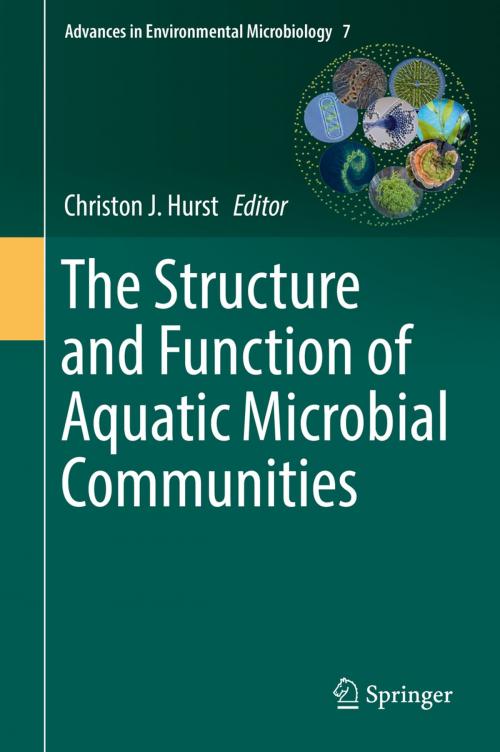The Structure and Function of Aquatic Microbial Communities
Nonfiction, Science & Nature, Science, Biological Sciences, Microbiology, Marine Biology| Author: | ISBN: | 9783030167752 | |
| Publisher: | Springer International Publishing | Publication: | May 13, 2019 |
| Imprint: | Springer | Language: | English |
| Author: | |
| ISBN: | 9783030167752 |
| Publisher: | Springer International Publishing |
| Publication: | May 13, 2019 |
| Imprint: | Springer |
| Language: | English |
This book discusses how aquatic microbial communities develop interactive metabolic coordination both within and between species to optimize their energetics. It explains that microbial community structuration often includes functional stratification among a multitude of organisms that variously exist either suspended in the water, lodged in sediments, or bound to one another as biofilms on solid surfaces. The authors describe techniques that can be used for preparing and distributing microbiologically safe drinking water, which presents the challenge of successfully removing the pathogenic members of the aquatic microbial community and then safely delivering that water to consumers. Drinking water distribution systems have their own microbial ecology, which we must both understand and control in order to maintain the safety of the water supply. Since studying aquatic microorganisms often entails identifying them, the book also discusses techniques for successfully isolating and cultivating bacteria. As such, it appeals to microbiologists, microbial ecologists and water quality scientists.
This book discusses how aquatic microbial communities develop interactive metabolic coordination both within and between species to optimize their energetics. It explains that microbial community structuration often includes functional stratification among a multitude of organisms that variously exist either suspended in the water, lodged in sediments, or bound to one another as biofilms on solid surfaces. The authors describe techniques that can be used for preparing and distributing microbiologically safe drinking water, which presents the challenge of successfully removing the pathogenic members of the aquatic microbial community and then safely delivering that water to consumers. Drinking water distribution systems have their own microbial ecology, which we must both understand and control in order to maintain the safety of the water supply. Since studying aquatic microorganisms often entails identifying them, the book also discusses techniques for successfully isolating and cultivating bacteria. As such, it appeals to microbiologists, microbial ecologists and water quality scientists.















